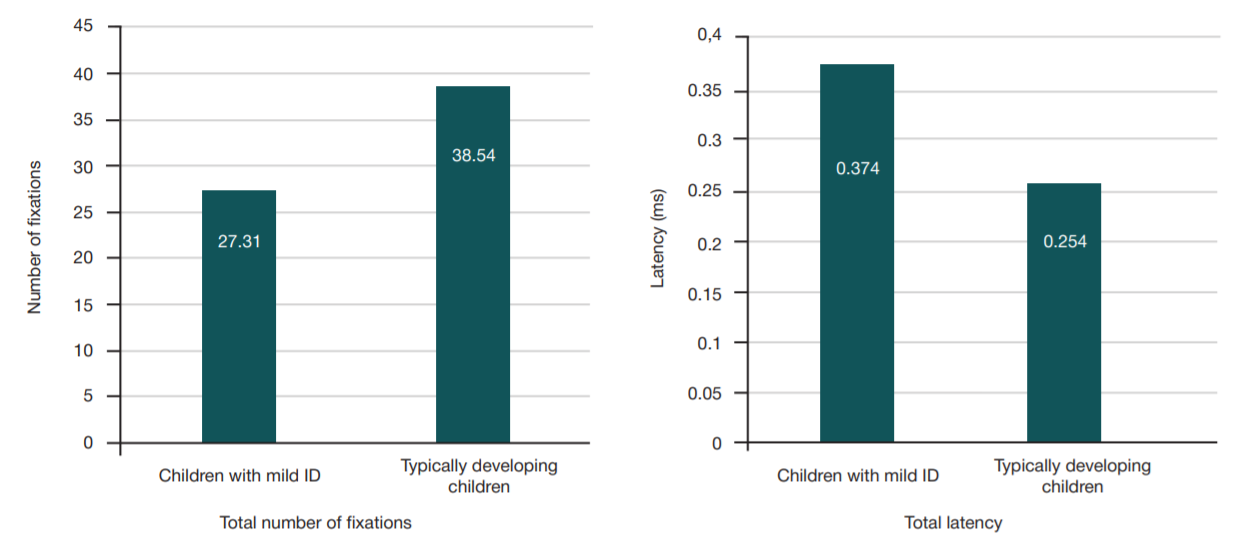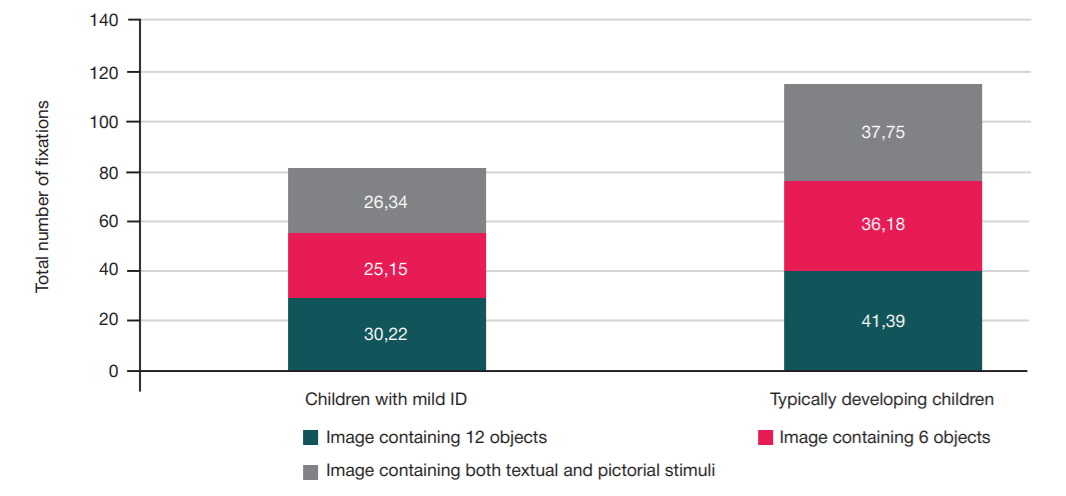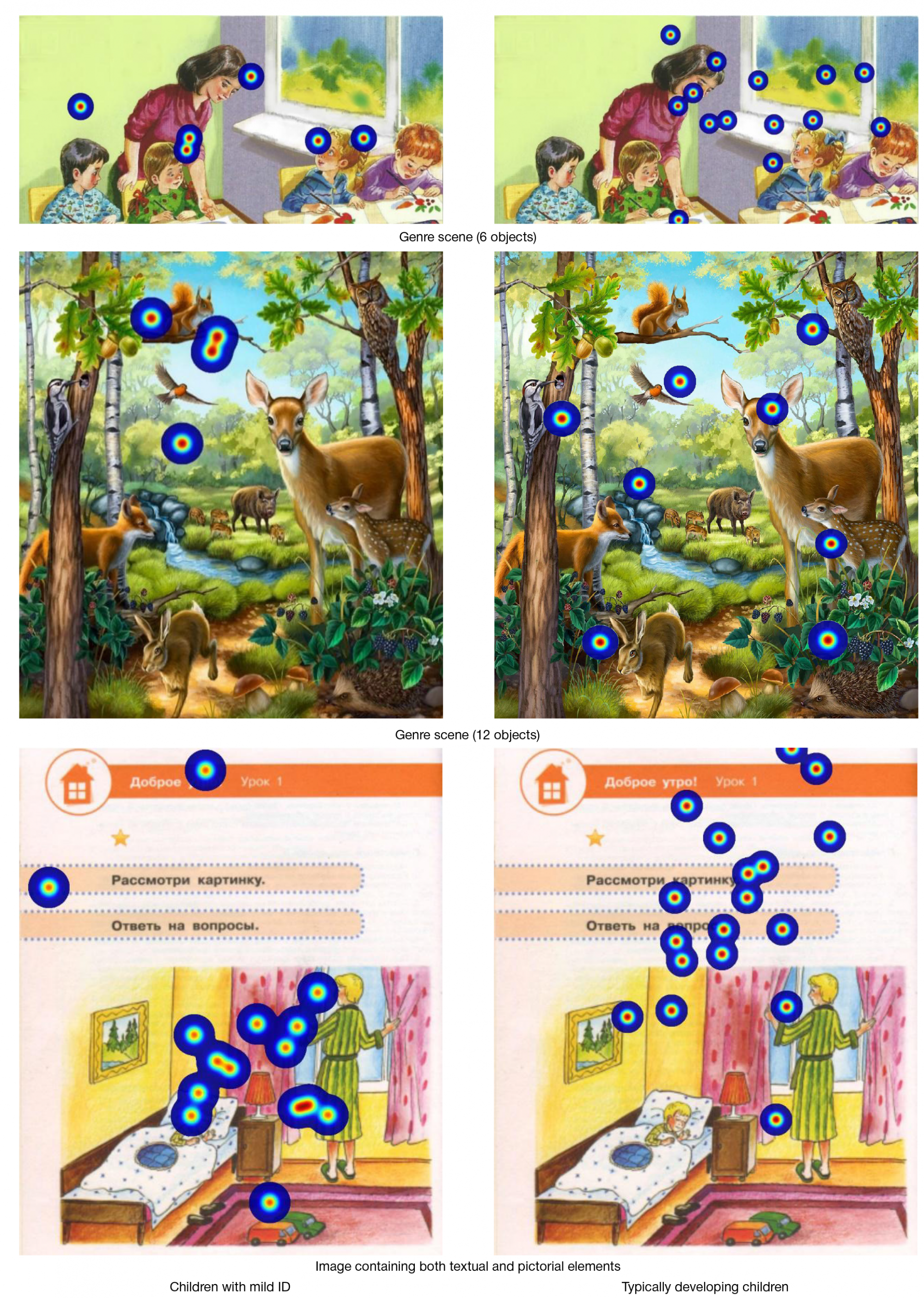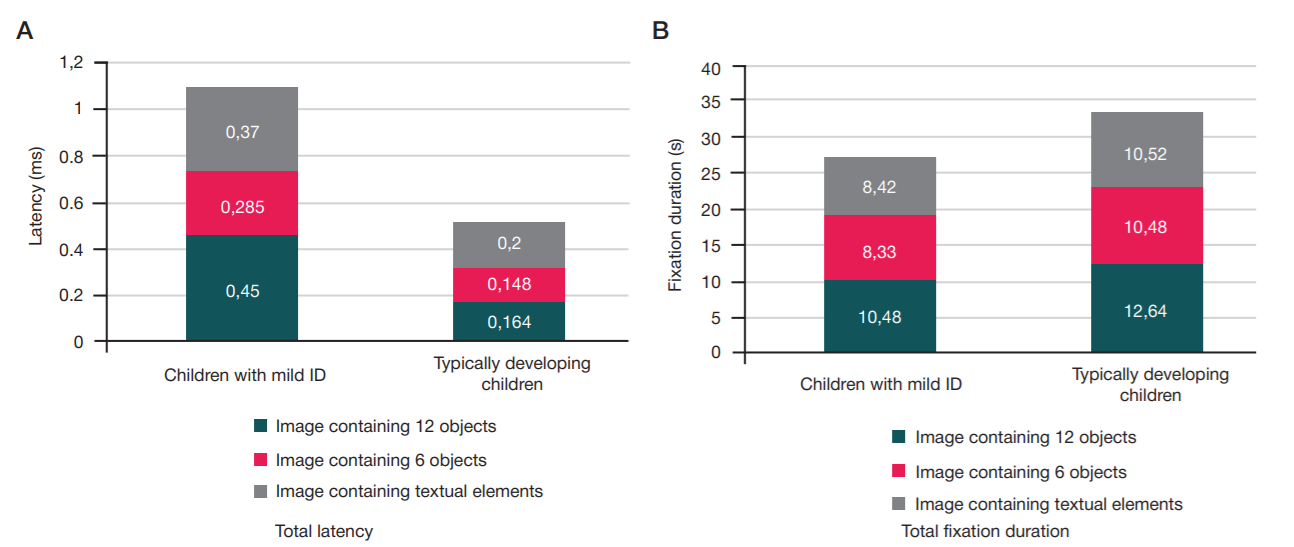
This article is an open access article distributed under the terms and conditions of the Creative Commons Attribution license (CC BY).
ORIGINAL RESEARCH
Oculomotor response to images in primary school children with mild intellectual disability
1 Pirogov Russian National Research Medical University, Moscow, Russia
2 Kursk State Medical University, Kursk, Russia
Correspondence should be addressed: Ekaterina A. Petrash
Ostrovityanova, 1, Moscow, 117997; ur.liam@hsartep
Author contribution: Nikishina VB and Prirodova OF proposed the concept, interpreted and summarized the obtained data; Petrash EA performed qualitative and quantitative analysis of the obtained data; interpreted and summarized the results; Sevrukova IA conducted the study and performed data acquisition
Compliance with ethical standards: the study was approved by the Ethics Committee of Kursk Medical State University (Protocol № 9 dated December 10, 2019). Written informed consent was obtained from the children’s parents or legal representatives.







